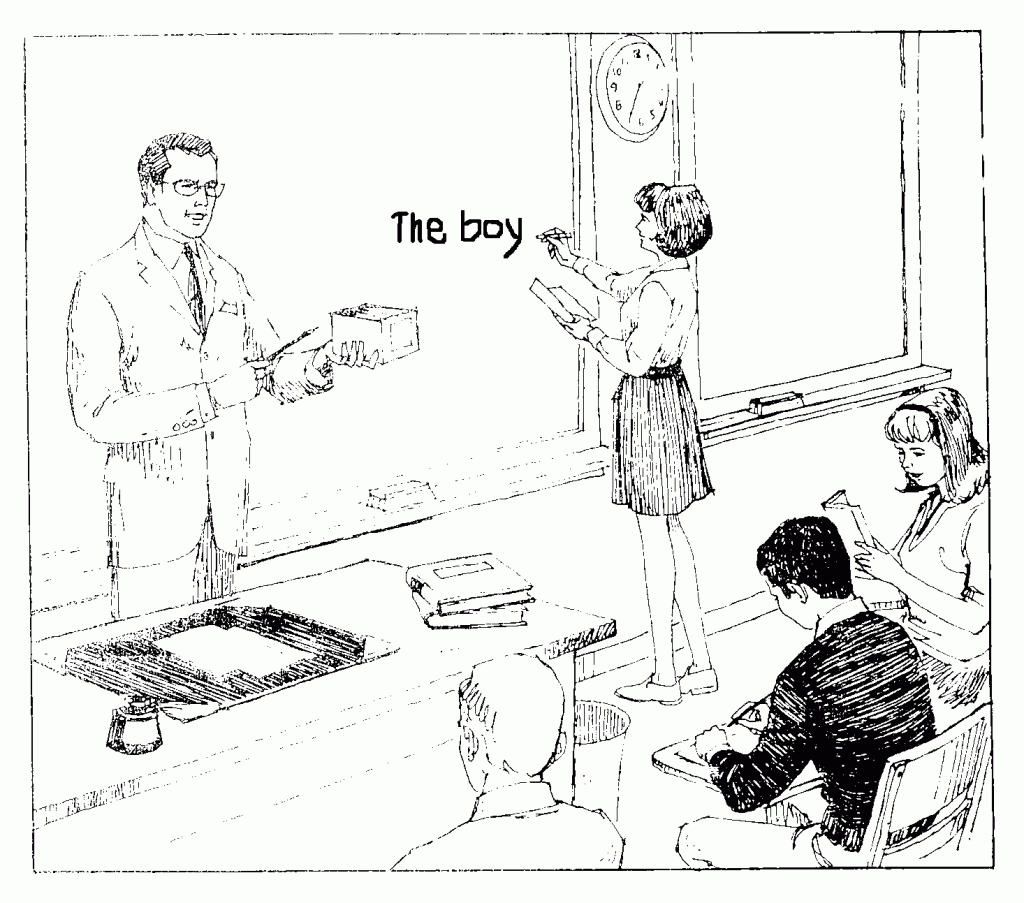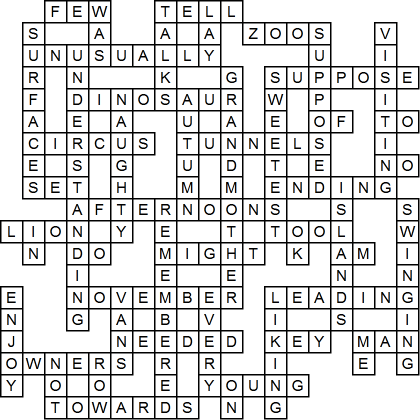Exercises: Use the following words as prompts to write a sentence using “have / have got,” using the correct forms of “have/has”. Also write the corresponding question.
Example:
you / apple ==>
- You have an apple. / You’ve got an apple.
- Do you have an apple? / Have you got an apple?
1. I have a key. / I’ve got a key.
Do I have a key? / Have I got a key?
2. We have a ball. / We’ve got a ball.
Do we have a ball? / Have we got a ball?
3. Sam has a radio. / Sam’s got a radio.
Does Sam have a radio? / Has Sam got a radio?
4. Lisa has tickets. / Lisa’s got tickets.
Does Lisa have tickets? / Has Lisa got tickets?
5. It has a pool. / It’s got a pool.
Does it have a pool? / Has it got a pool?
6. They have the food. / They’ve got the food.
Do they have the food? / Have they got the food?
7. You have the pictures. / You’ve got the pictures.
Do you have the pictures? / Have you got the pictures?
8. John has a camera. / John’s got a camera.
Does John have a camera? / Has John got a camera?
9. The students have their homework. / The students have got their homework.
Do the students have their homework? / Have the students got their homework?
10. The porter has our suitcases. / The porter has got our suitcases.
Does the porter have our suitcases? / Has the porter got our suitcases?
11. The baby has his bottle. / The baby’s got his bottle.
Does the baby have his bottle? / Has the baby got his bottle?
12. Father has slippers. / Father’s got slippers.
Does Father have slippers? / Has Father got slippers?
13. Mother has the recipe. / Mother’s got the recipe.
Does Mother have the recipe? / Has Mother got the recipe?
14. Jackson has his gym bag. / Jackson’s got his gym bag.
Does Jackson have his gym bag? / Has Jackson got his gym bag?
15. You have your lesson book. You’ve got your lesson book.
Do you have your lesson book? / Have you got your lesson book?
16. It has cable TV. / It’s got cable TV.
Does it have cable TV? / Has it got cable TV?
17. He has a mechanical pencil. / He’s got a mechanical pencil.
Does he have a mechanical pencil? / Has he got a mechanical pencil?
18. Northwestern University has a good football coach. / Northwestern University’s got a good football coach.
Does Northwestern University have a good football coach? / Has Northwestern University got a good football coach?
19. The train has comfortable seats. / The train’s got comfortable seats.
Does the train have comfortable seats? / Has the train got comfortable seats?
20. The building has an elevator. / The building’s got an elevator.
Does the building have an elevator? / Has the building got an elevator?



